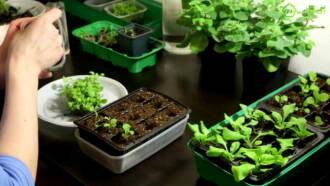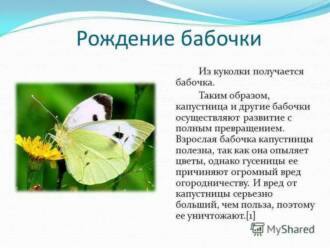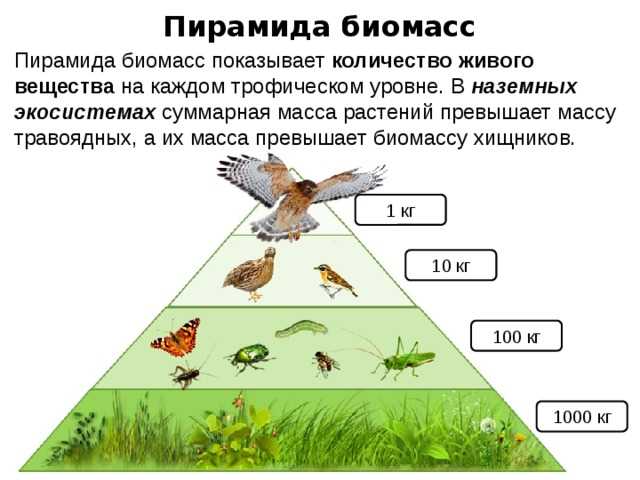
Butterflies are beautiful creatures that attract attention with their brightness and graceful flight. They are an integral part of the ecosystem, helping to pollinate plants and participate in food chains. If you want to attract butterflies to your garden or yard, you need to create the perfect environment for them where they can find nutritious herbs and nectar.
The main factor in attracting butterflies is the presence of nutritious herbs. They serve as a food source for caterpillars, which, after a process of metamorphosis, turn into beautiful butterflies. It is important to choose the right plants that will attract and satisfy the caterpillars' needs. Some of them prefer certain types of plants, so it is important to diversify your garden with different types of herbs.
In addition to nutritious herbs, butterflies need nectar for food. Nectar is a sweet liquid that they extract from flowers. To attract butterflies, you need to plant flowering plants that will provide them with access to nectar. It is important to choose flowers with bright and attractive colors that will attract butterflies and have enough nectar.
Creating the perfect environment to attract butterflies is not only beautiful, but also environmentally beneficial. Butterflies play an important role in pollinating plants and maintaining biodiversity. Plant nutritious herbs and flowers, and you can enjoy the beauty and grace of these amazing creatures right in your own backyard.
Choosing a place to create an environment
To create the perfect environment for attracting butterflies, you need to choose the right place. It must have certain characteristics in order to attract and provide comfort to these beautiful insects.
First, you should choose a place that will be bright enough. Butterflies love a warm and sunny location, so choosing a well-lit area is ideal.
Secondly, the place must be protected from strong winds. Butterflies are very delicate creatures and cannot withstand strong gusts of wind. So choose a location that has natural barriers such as trees or shrubs that can provide some protection from the wind.
It is also necessary to take into account the presence of plants that will serve as food for butterflies. A variety of nutritious herbs and nectar will attract different kinds of butterflies. Therefore, it is recommended to choose a place where such plants are already present or where there is the possibility of planting them.
In general, choosing a site to create a butterfly environment requires careful consideration of all of the above factors. This is the only way to provide comfortable conditions for these beautiful insects and attract them to your garden or plot.
Preparing the soil for planting herbs and flowers
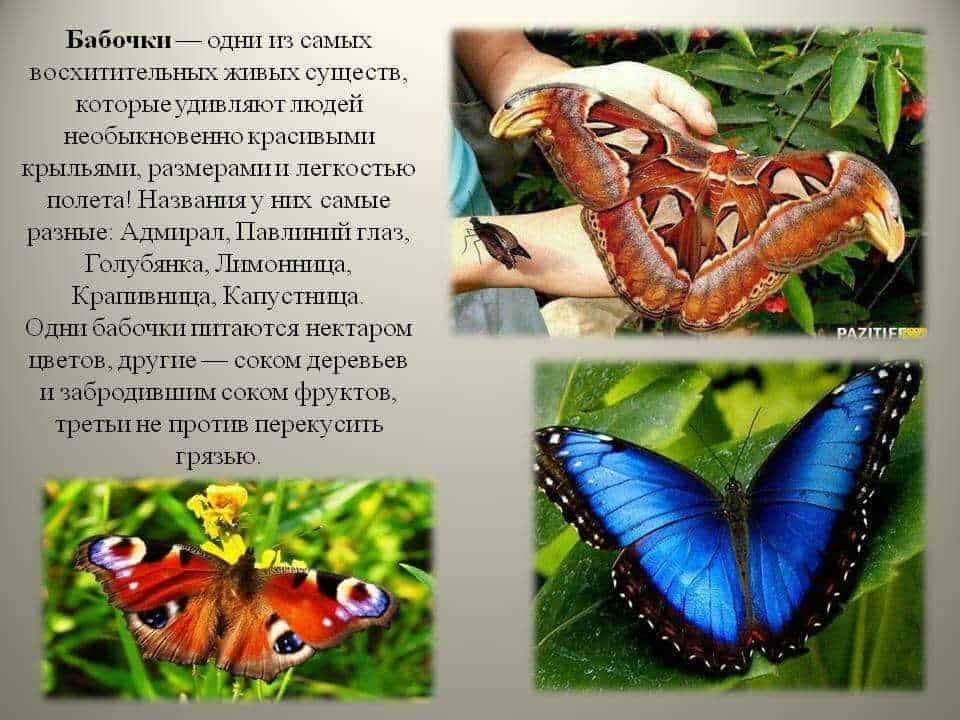
Soil preparation is an important step in creating the perfect environment for attracting butterflies. A well-prepared soil will provide the plants with the nutrients they need and support healthy growth.
1. Determining the type of soil
Before starting work, it is necessary to determine the type of soil on the site. To do this, you can use special tests or contact specialists. Knowing the type of soil will allow you to select the right plant species, as well as determine the necessary soil improvements.
2. Removing weeds and debris
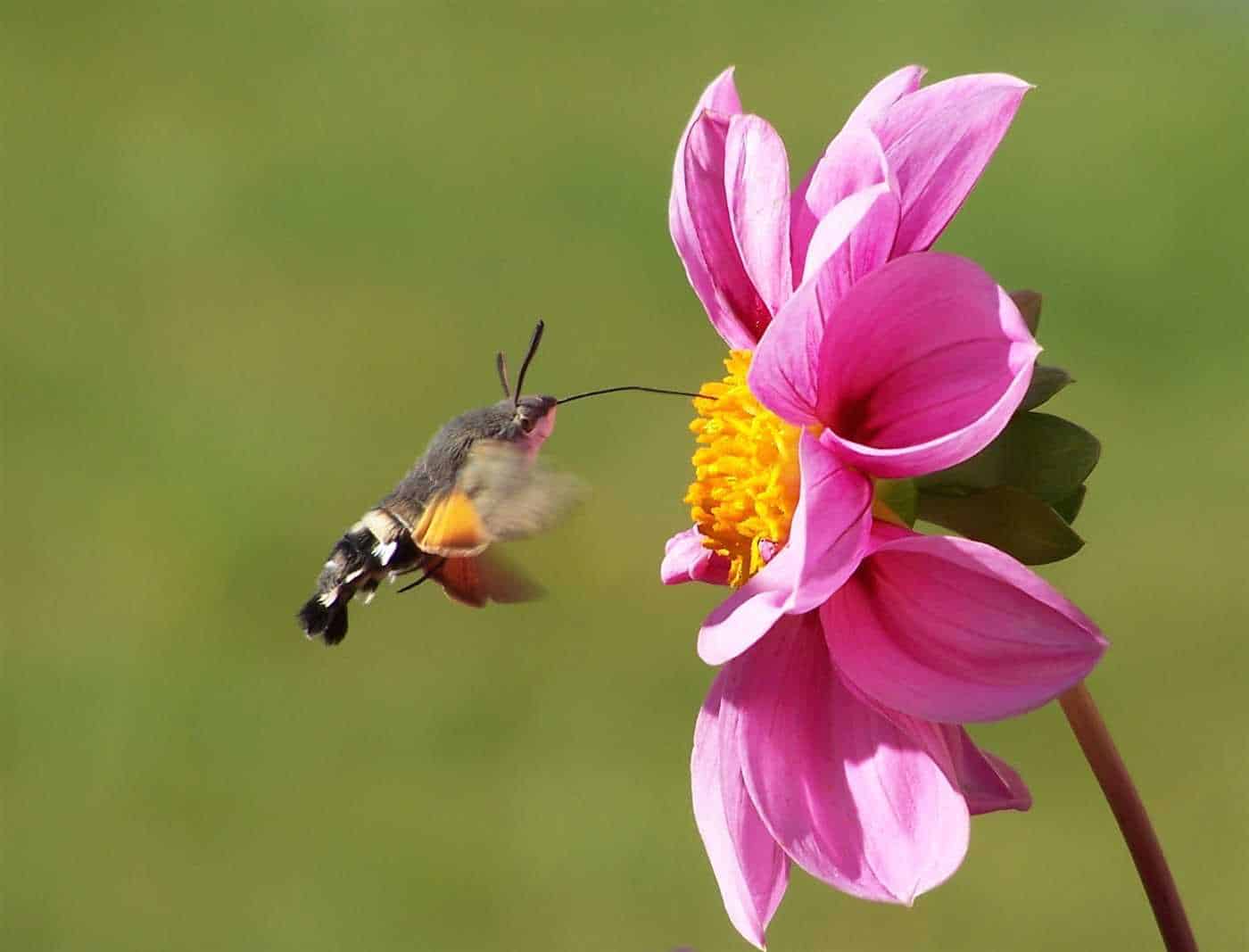
Before planting grasses and flowers, remove all weeds and debris from the site. Weeds compete with plants for nutrients and water, and can also become a source of disease. Walk the area carefully, uprooting weeds and removing debris.
3. Application of organic fertilizers
Organic fertilizers are an important source of plant nutrients. Before planting herbs and flowers, it is recommended to add a small amount of compost or humus to the soil. Organic fertilizers will improve the structure of the soil, increase its fertility and promote healthy plant growth.
4. Loosening the soil
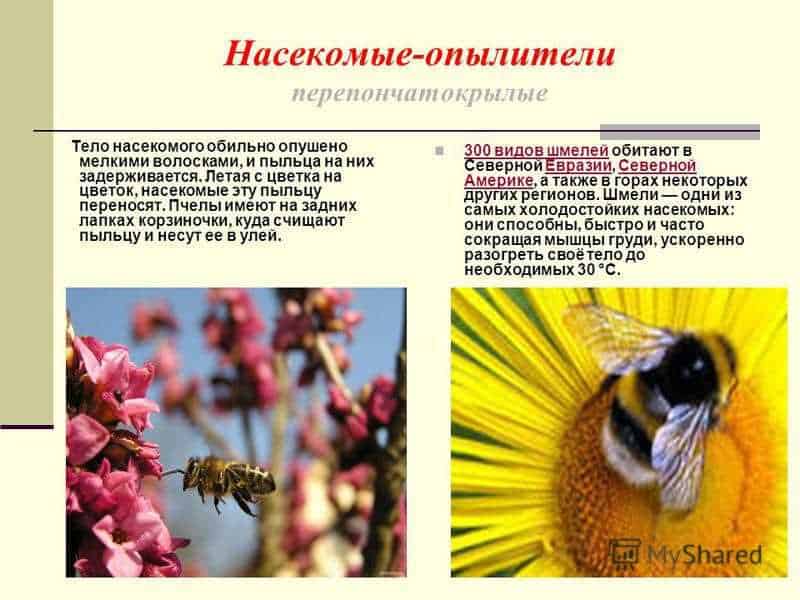
Loosening the soil will help improve its breathability and ability to retain moisture. Use a rake or hoe to loosen the topsoil in the area. This will allow the plant roots to penetrate deeper and receive enough oxygen and moisture.
5. Installation of the drainage system
Depending on soil type and groundwater level, a drainage system may be required. Drainage pipes or pits with gravel will help to avoid stagnant water and waterlogging of the soil. This is especially important for plants that do not tolerate flooding of the root system.
6. Watering and maintaining moisture
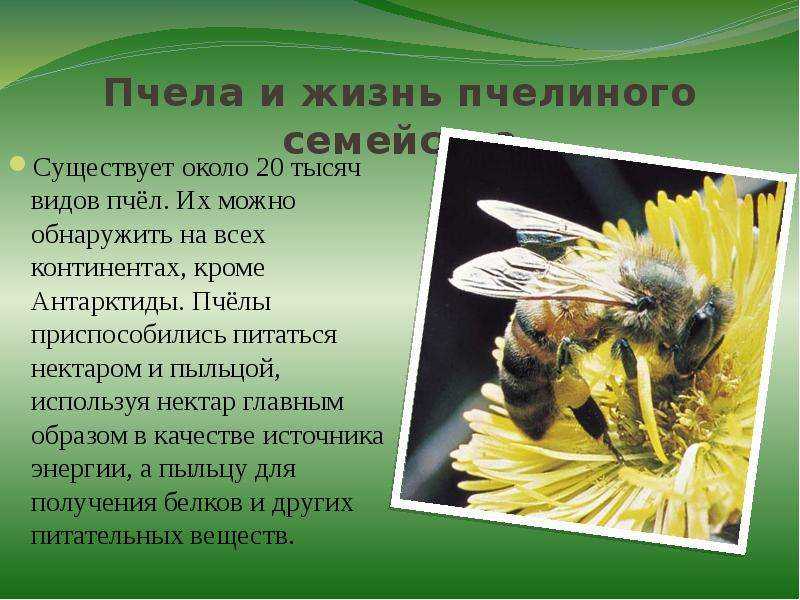
After planting herbs and flowers, it is necessary to water the site regularly and maintain an optimal level of moisture in the soil. Butterflies prefer an environment with a moderate level of moisture, so it is important to monitor the condition of the soil and maintain the necessary watering regimen.
Hopefully these guidelines will help you prepare the ground for planting herbs and flowers by creating the perfect environment for attracting butterflies.
Selection of Nutrient Herbs for Butterflies
When creating the ideal environment for attracting butterflies, it is important to choose the right nutrient herbs. Butterflies have preferences for different types of plants, so it's important to choose ones that will attract them to your environment.
1. Swimsuit (Asclepias) — This is one of the most popular butterfly food herbs. It serves as a food source for monarch caterpillars and also attracts other types of butterflies, such as satyrs and African royal butterflies. Globeflower is also a beautiful flower that attracts attention with its bright orange color.
2. Plants from the umbrella family (Apiaceae) are also an excellent choice for attracting butterflies. This category includes plants such as carrots, dill, parsley and fennel. They serve as a food source for caterpillars of butterflies such as swallowtail and whitefish.
3. Bluegrass (Mentha) — Another popular butterfly food herb. It attracts many different types of butterflies, including argus and iridescent butterflies. Bluegrass is also an aromatic plant that can be used to make tea and other drinks.
4. Cabbage (Brassica) — is a genus of plants that includes cabbage, broccoli, and kohlrabi. They are nutritious herbs for butterfly caterpillars, such as the cabbage white butterfly and the white cabbage butterfly. Cabbage is also a healthy vegetable to include in your diet.
5. Thyme (Thymus) — another nutritious herb for butterflies. It attracts a variety of butterflies, including small blues and blue butterflies. Thyme is also an aromatic plant that can be used in cooking and to make essential oils.
Choosing nutritious herbs for butterflies is an important step in creating the perfect environment for attracting them. Consider the preferences of different butterfly species and choose plants that will serve as a food source for caterpillars and attract adult butterflies with their colorful flowers and scent.
Selection of flowers with nutritious nectar
Choosing colors to create the perfect environment for attracting butterflies includes not only aesthetics, but also the nutritional needs of these winged creatures. Flowers with nutritious nectar will be a real attraction in your garden for a variety of butterfly species.
One of the key factors when choosing flowers with nutritious nectar is the color scheme. Butterflies prefer bright and vibrant colors such as red, orange, yellow, and purple. These bright hues attract butterflies and help them easily find flowers with nutritious nectar.
In addition to color, the shape of the flowers also plays a role in attracting butterflies. Flowers with flat surfaces and wide petals provide easy access to nectar for butterflies. Some species of butterflies, such as monarchs, prefer flowers with long tubes to reach latent nectar.
Do not forget about the duration of flowering. Flowers that bloom for a long time or have successive blooms provide a constant source of nutritious nectar for butterflies. It is also recommended to choose flowers of different species to ensure the maximum variety of food sources for butterflies.
It is important to remember that not all flowers are suitable for all types of butterflies. Some butterflies prefer certain types of flowers and nectar. Therefore, it is recommended to study the preferences of butterflies specific to your region and choose flowers that suit their needs. In this way, you can create the perfect environment to attract butterflies and enjoy their beautiful sight in your garden.
Planting and caring for plants
Choosing a suitable landing site
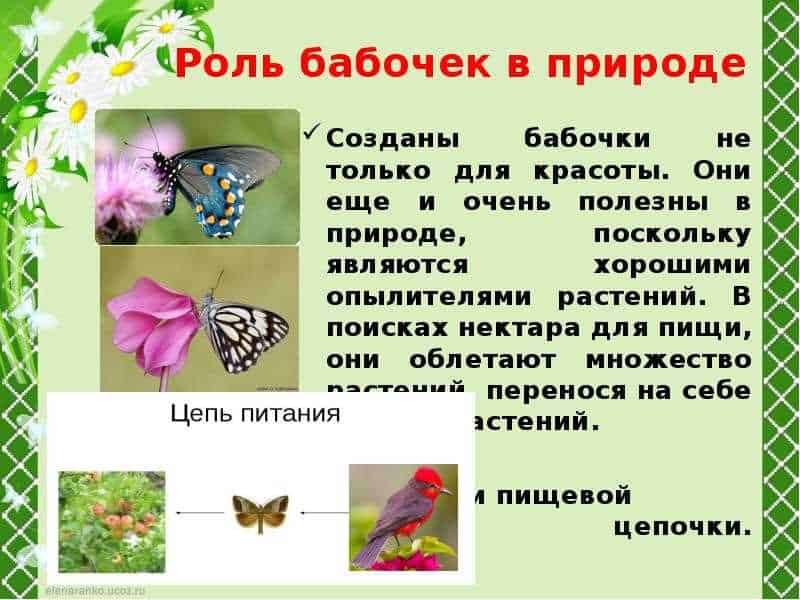
When choosing a place for planting plants, preference should be given to open and sunny areas with minimal shade. Butterflies love heat and light, so places in direct sunlight are ideal.
Soil preparation
Before planting plants, prepare the soil. The best option would be loose and fertile soil with good drainage capacity. If the soil is too clay or too sandy, it can be improved by adding compost or manure.
It is also a good idea to make sure the soil has the correct pH level. Butterflies prefer neutral or slightly acidic soil, so the pH level should be checked and adjusted if necessary.
planting
When planting plants, their size and characteristics should be considered. Plants should be placed at a certain distance from each other to provide them with enough space to grow and develop.
Planting depth also plays an important role. Plants should be planted at the depth indicated on the packaging or in the instructions to provide them with optimal conditions for rooting and growth.
plant care
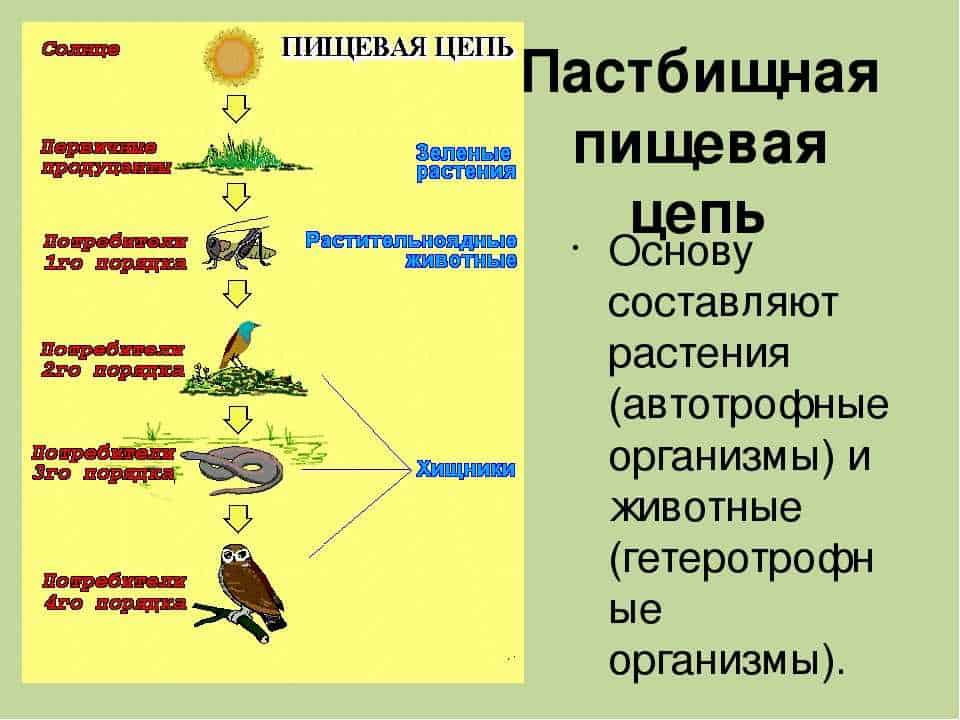
After planting, plants need to be properly cared for. Regular watering is an essential part of plant care. It is necessary to monitor soil moisture and maintain it at an optimal level for each type of plant.
Also, plants should be fed regularly, using fertilizers that are recommended for a particular plant species. Feeding will help provide plants with the necessary nutrients for their healthy growth and development.
An important aspect of plant care is also the removal of weeds and dead plant parts. This will help prevent competition for nutrients and reduce the risk of diseases or pests.
Creating a pond for butterflies
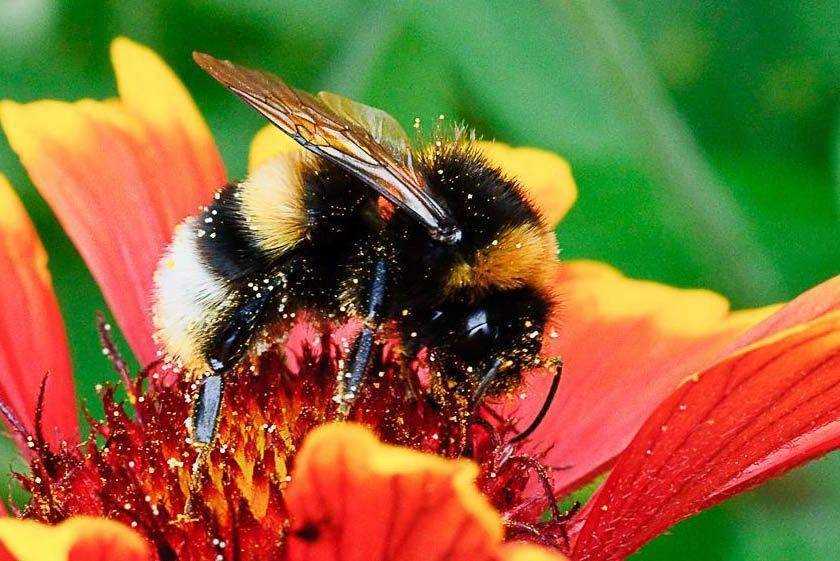
Water bodies play an important role in creating the ideal environment for attracting butterflies. They provide an important source of drinking water as well as breeding and oviposition sites. Creating a pond in a garden or yard can greatly increase the attractiveness of a place for butterflies and help attract them.
Location selection: When choosing a location for a body of water, consider its accessibility to butterflies. It is recommended to choose shady or semi-shady places to prevent overheating of the water and reduce the risk of drying out. It is also important to consider that the reservoir should be far enough from trees and shrubs to avoid falling foliage or branches into the water.
Choice of size and shape: The size and shape of the pond may vary depending on your preferences and available space. However, it is recommended to choose shallow waters with smooth banks to provide easy access to the water for butterflies. It is also worth considering that large bodies of water may attract more species of butterflies, but require more careful maintenance.
Adding vegetation: A variety of plants should be placed around the pond, which will serve as a shelter for butterflies and provide them with food. It is recommended to choose plants with large leaves or shoots on which butterflies can rest and get some sun. It is also worth adding floating plants that will create shade and improve water quality.
Security: It's important to keep the pond safe for the butterflies to prevent them from drowning. It is recommended to use floating objects such as rocks or rafts to act as a support for the butterflies in case they fall into the water. It is also worth providing places where the butterflies can sit and dry their wings after contact with water.
Attracting butterflies on Wednesday
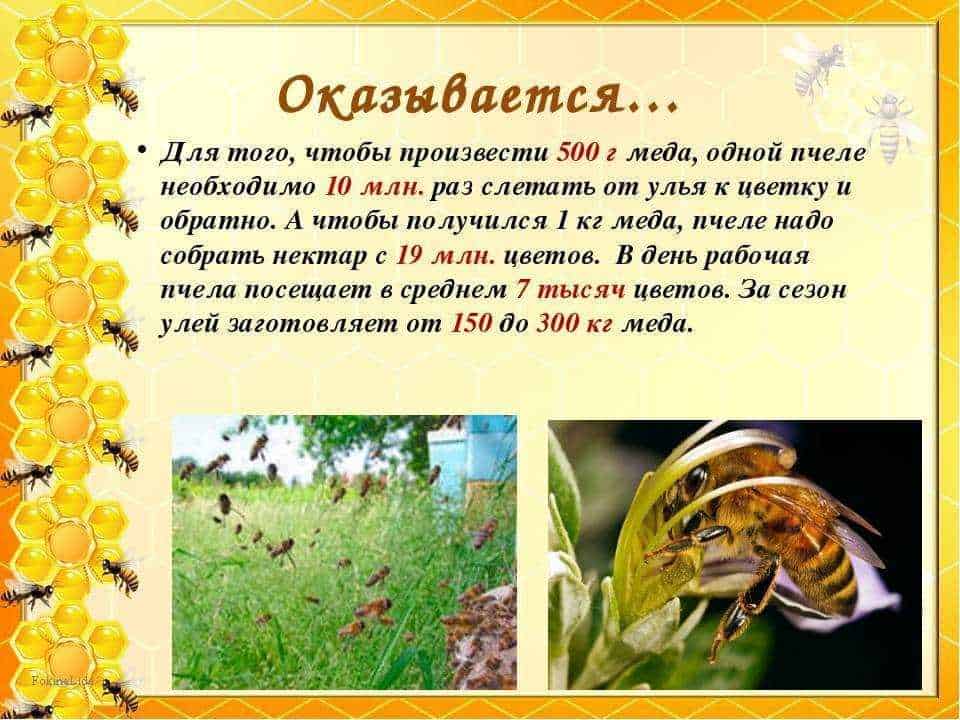
Attracting butterflies to your environment is a fun process that can bring joy and satisfaction to nature lovers. To create the perfect environment for attracting butterflies, there are several important factors to consider.
Nutritious Herbs
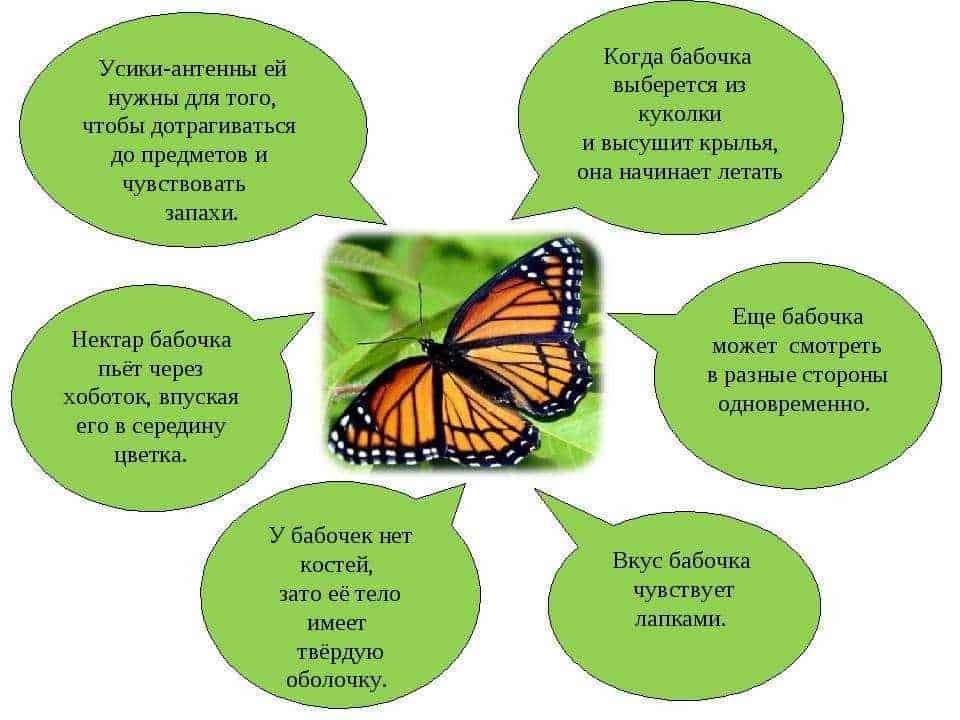
One of the key elements in attracting butterflies is the presence of nutritious herbs. Adult butterflies feed on nectar, so it is important to plant plants that contain copious amounts of nectar. Some of these plants include asters, lavender, rudbeckia, and lilies of the valley. It is also necessary to take into account that different types of butterflies prefer different plants, so it is recommended to plant a variety of plants in order to attract more different types of butterflies.
Variety of colors
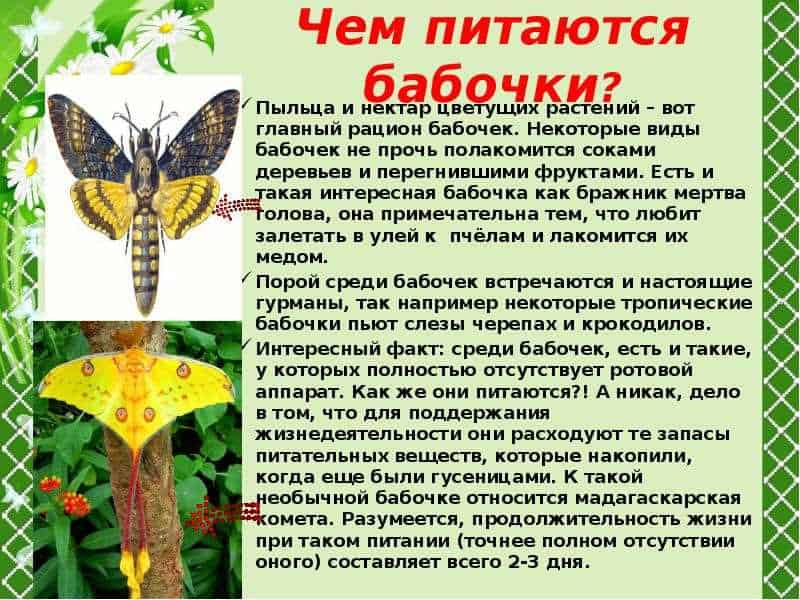
Butterflies are attracted to bright colors and scents, so planting plants with a variety of colors is recommended to create the perfect environment for them. Shades of red, orange, yellow and purple are most attractive to butterflies. In addition, plants with fragrant flowers such as lavender or violet can further attract these beautiful insects.
Protected environment
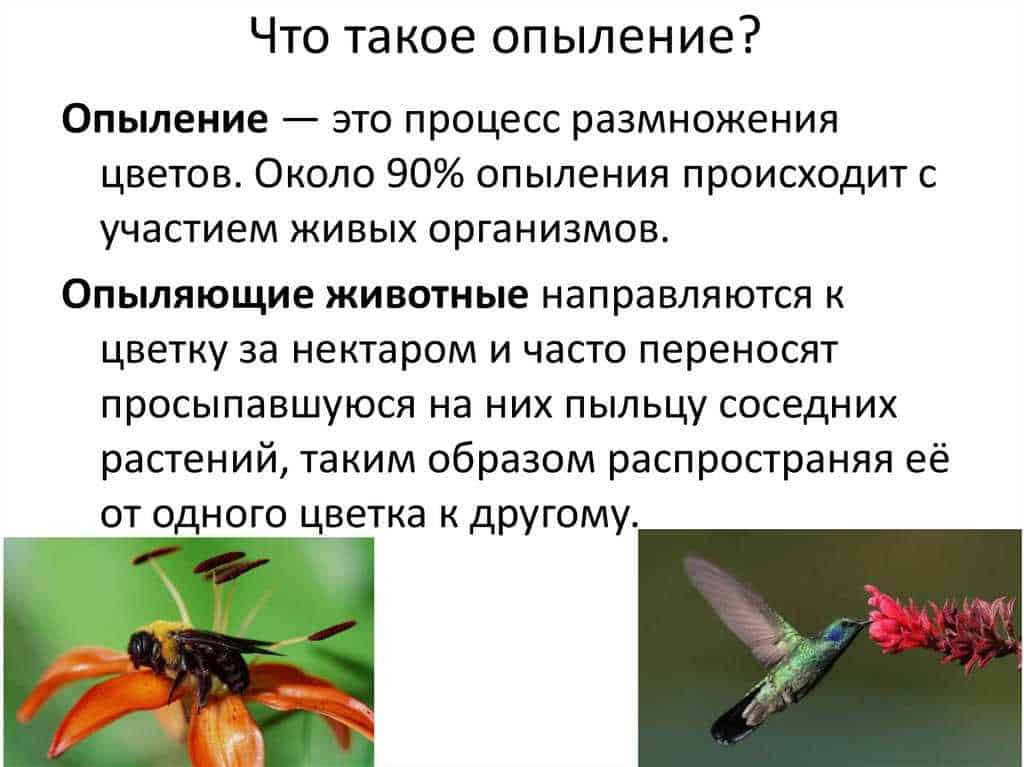
To attract butterflies, it is important to create a protected environment where they feel safe and protected. Butterfly attraction can be achieved by creating an enclosed area with plants, shelters and water bodies where they can rest and breed. It is also important to avoid the use of pesticides and chemical plant protection products, which can negatively affect butterflies and their larvae.
In general, attracting butterflies to the environment requires patience, knowledge and care. Creating the perfect environment to attract butterflies can be a fun project for nature lovers and bring joy to spotting these beautiful insects.





